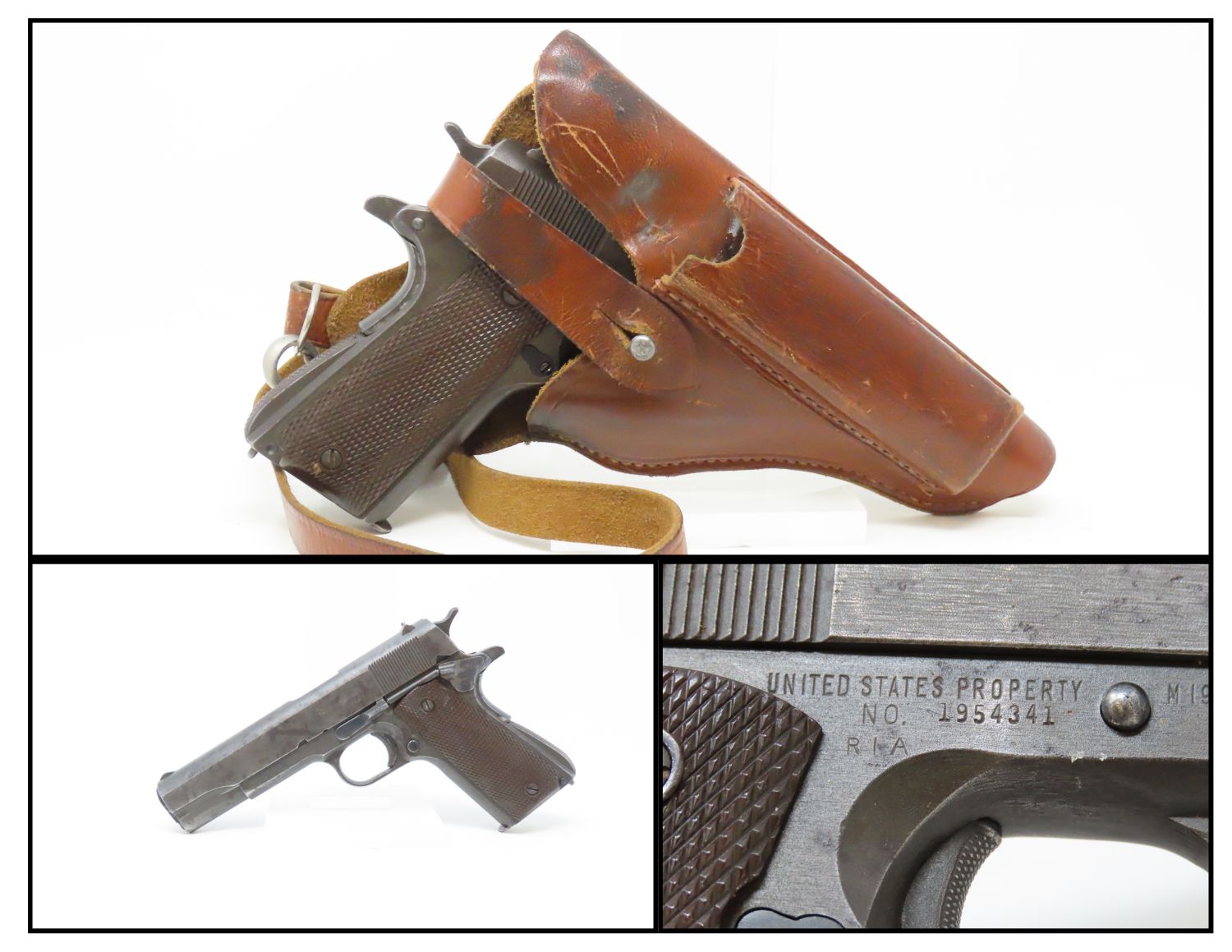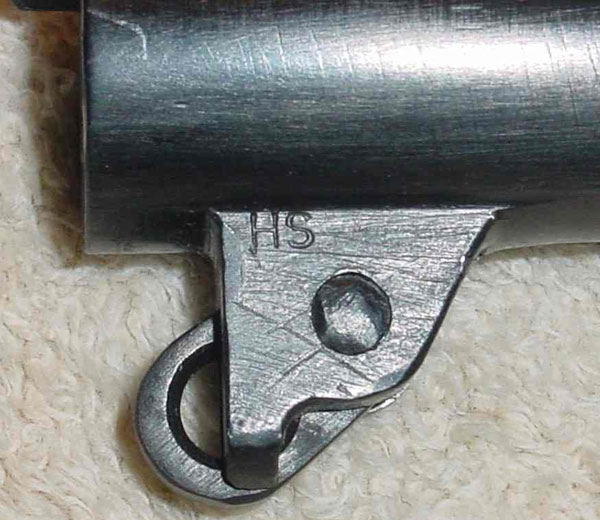

MEU(SOC) pistol ĭue to an increased demand for M1911 pistols among Army Special Operations units, who are known to field a variety of M1911 pistols, the U.S.

45 ACP cartridge such as the M1911 design, along with other pistols, among USSOCOM units in recent years, though the M9 remains predominant both within SOCOM and in the U.S. Dissatisfaction with the stopping power of the 9 mm Parabellum cartridge used in the Beretta M9 has actually promoted re-adoption of pistols based on the.
Remington rand 1911a1 us army markings mod#
This resulted in the Heckler & Koch OHWS becoming the MK23 Mod 0 Offensive Handgun Weapon System (itself being heavily based on the 1911's basic field strip), beating the Colt OHWS, a much modified M1911. 45 ACP pistol in the Offensive Handgun Weapon System (OHWS) trials. ) For its part, the United States Special Operations Command (USSOCOM) issued a requirement for a. Marine Corps (USMC) in particular were noted for continuing the use of M1911 pistols for selected personnel in MEU(SOC) and reconnaissance units (though the USMC also purchased over 50,000 M9 pistols. Army units sent to participate in Operation Desert Storm.īy the early 1990s, most M1911A1s had been replaced by the Beretta M9, though a limited number remain in use by special units. During the Gulf War of 1990 to 1991, M1911A1s were deployed with reserve component U.S. This last issue resulted in an updated model that includes additional protection for the user, the 92FS, and updates to the ammunition used. By the late 1980s production was ramping up despite a controversial XM9 retrial and a separate XM10 reconfirmation that was boycotted by some entrants of the original trials, cracks in the frames of some pre-M9 Beretta-produced pistols, and despite a problem with slide separation using higher-than-specified-pressure rounds that resulted in injuries to some U.S. The Army contested this result and subsequently ran its own competition in 1981, the XM9 trials, eventually leading to the official adoption of the Beretta 92F on January 14, 1985. After trials, the Beretta 92S-1 was chosen. Air Force ran a Joint Service Small Arms Program to select a new semi-automatic pistol using the NATO-standard 9 mm Parabellum pistol cartridge.


Under political pressure from Congress to standardize on a single modern pistol design, the U.S. High Standard, on the other hand, produced 5-inch M1911 barrels during the war for not only Remington Rand but also for Ithaca and US&S.However, by the late 1970s, the M1911A1 was acknowledged to be showing its age. This is correct for late model Remington Rands as the typewriter and adding machine maker did not produce their own pistol barrels. This M1911A1 has one produced by High Standard as denoted by the “HS” mark on the lug. There is a "G" on top of the frame next to the disconnector. ARMY" to the right of the slide stop pin.
Remington rand 1911a1 us army markings serial number#
"UNITED STATES PROPERTY" over the serial number with "M1911A1 U.S. Cross cannons ordnance mark on the right rear of the frame, to the right of the hammer pin. The "P" proof mark is located near the magazine release and on top of the slide, in front of the rear sight.


 0 kommentar(er)
0 kommentar(er)
